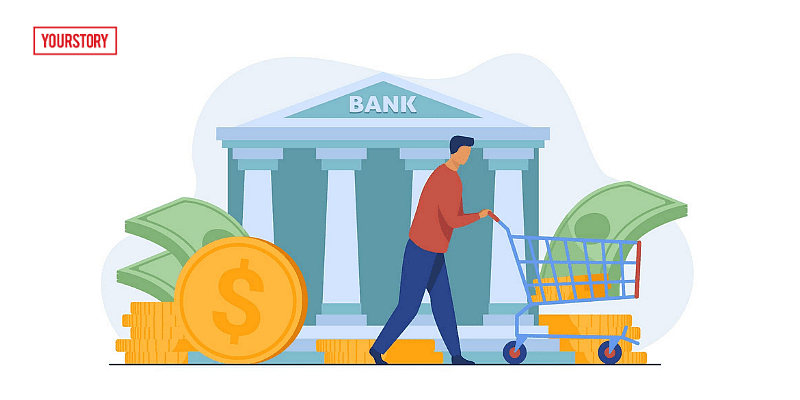Fintech startups have been disrupting the financial market by combining the power of technology with finance. Banks and other financial institutions have always been late to adopt new technologies.
However, technology has advanced much faster than banks could have imagined. As a result, many banks still don’t have the right infrastructure to cope with the demands of the digital era.
Most recently, embedded finance has been making news in the fintech world.
What is embedded finance?
Simply, embedded finance, also known as embedded banking, integrates a financial service into a non-financial service. It enables consumer digital platforms to ‘embed’ or integrate financial services into themselves.
Until now, if a business wanted to offer financial services, they needed to create their financial technology infrastructure to handle financial services. This process was not only expensive but also time-consuming.
But with the invention of embedded finance, consumer-facing digital platforms can offer financial services natively integrated with their platform, which reduces the barrier of entry by 10x.
Here are some of the examples of integrated finance:
Amazon: Amazon, the largest ecommerce platform, enables users to make payments within its app.
In-game purchases: Users can pay for game elements without even leaving the app.
SaaS: Subscription-based payment systems in most SaaS platforms are good examples of embedded finance in use.
Benefits
For users: As a consumer, embedded finance features make transactions faster and accessible. Fewer steps in the payment process also mean less frustration with the process.
For companies and fintech: Embedded finance removes third-party apps that are used in online payment. Instead of redirecting the user to another platform, embedded platforms have a single interface and reduce resistance. This retains customers and increases the conversion rate as buyers can spend more money.
Moreover, companies can find additional revenue sources. For example, they can gain 1 percent in revenue every time a customer swipes a debit card.
Drivers of embedded finance
Change in consumer behaviour: Consumer behaviour has changed drastically in the past few years. Online shopping has exploded in popularity, and the majority prefers to shop online.
Patience has reduced. Buyers don’t want to wait for a long time before they make a payment. They search for a product, like it, add it to the cart, and expect to pay in a single click. Embedded payments make that easy and remove any resistance in the payment process.
Shift towards a data sharing mindset: Unlike in the past, people today are more open to sharing their card details and other financial information with apps or third-party platforms.
Growth of banking disruptors: Fintech has disrupted the banking world without a doubt. Today, you can open a bank account with ecommerce companies or platforms such as Paytm.
Leveraging embedded finance
Just a few years ago, banks and financial institutions had a monopoly over the finance field. This needed to change because most of them lacked the infrastructure to keep up with the pace of advanced technologies and gave little-to-no control to the end-users.
Thus, embedded finance today will attract millions of consumers by promoting the democratisation of finance.
A recent study by Lightyear Capital says that embedded finance will grow to $230 billion by 2025. That means the future for embedded finance looks brighter.
Applications of embedded finance
POS, ecommerce, and vertical software vendors: Embedded finance makes it easy for software vendors and ecommerce companies to add financial services to their core products. Shopify is a prime example of using embedded finance to its benefit.
Ride-sharing companies: Ride-sharing companies such as Uber, Lyft, and Ola offer various payment options such as credit cards, debit cards, and instant payouts using embedded finance.
Consumer tech companies: Large tech firms such as Apple and Google Amazon offer digital wallets like Apple Pay, Google Pay, and Amazon Pay, respectively.
Embedded finance made things possible that no one ever thought about. It transformed the banking industry into a democratic place where consumers get more control over their financial activities.
Companies are leaning towards embedded finance to make things easier. Embedded finance is becoming an integral part of the stack for tech companies. What was once accessible to only a few is now available to millions of people.
(Disclaimer: The views and opinions expressed in this article are those of the author and do not necessarily reflect the views of YourStory.)










